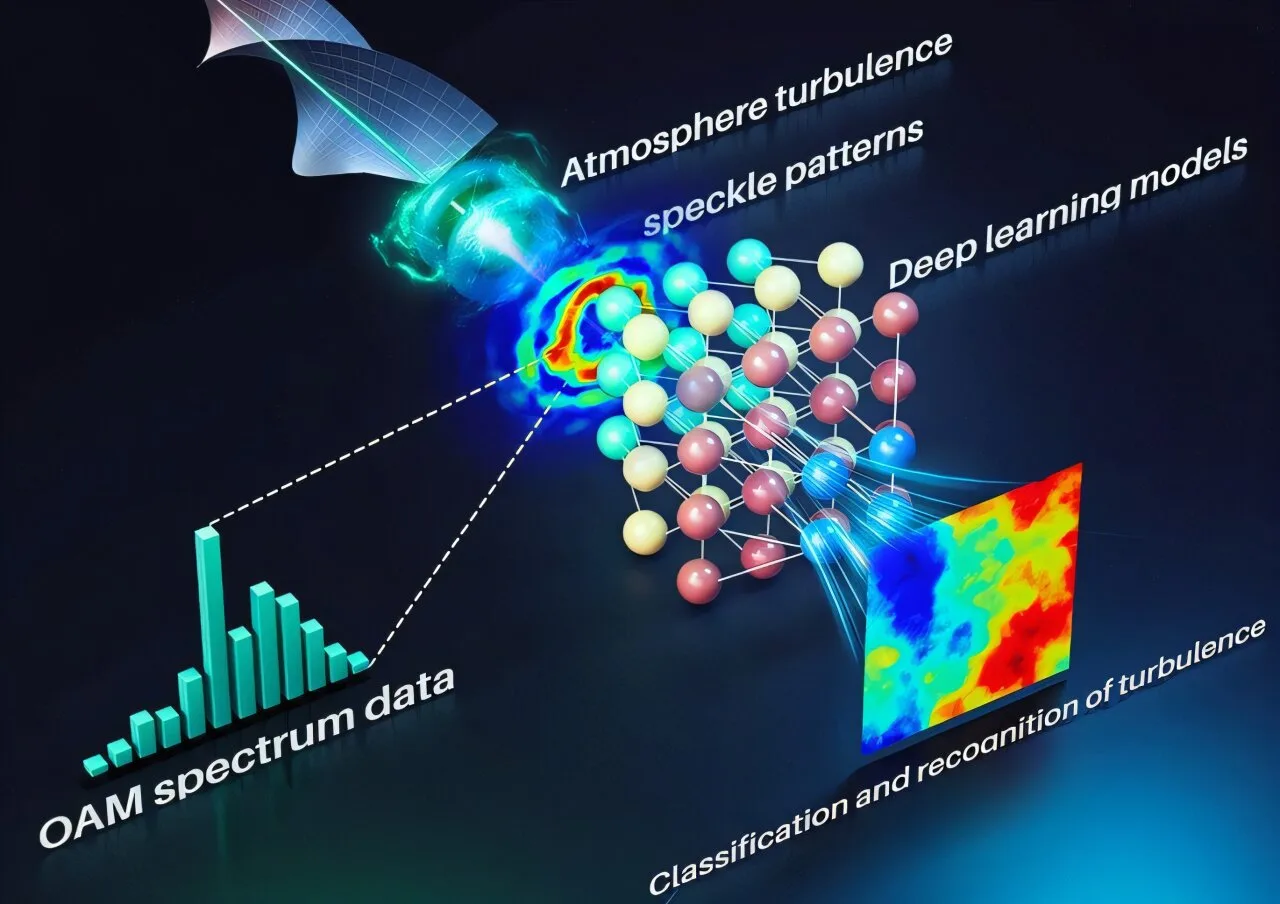Metrology forms the backbone of modern science and industry by providing precise standards to measure and interpret the world around us. Among its many branches, optical metrology has long held a vital role, relying on the principle of interference. This concept, pioneered over two centuries ago by Thomas Young, continues to underlie much of today’s optical measurements. Yet, as technology and theoretical understanding progress, researchers are uncovering new dimensions of optical metrology, exploring the potential to extend traditional interference-based methods to other degrees of freedom.
Recent advancements have introduced a fascinating prospect: the use of light’s orbital angular momentum (OAM) as a tool for advanced measurement systems. In a groundbreaking review published in Light: Science & Applications, Prof. Lixin Guo of Xidian University, along with a team of collaborators, sheds light on how incorporating OAM into optical metrology is revolutionizing the field. Their work examines the historical context, contemporary achievements, and future potential of this innovative approach, presenting a roadmap for both scientific exploration and practical application.
Light, inherently, possesses both spin angular momentum (associated with polarization) and orbital angular momentum (a property tied to the twisting of its wavefront). OAM manifests as a helical phase structure, akin to a corkscrew, with photons carrying distinct “twists.” This unique property enables OAM-carrying light, often called twisted light, to encode complex information, opening the door to entirely new paradigms in metrology. The concept capitalizes on the potential of twisted light to analyze systems in ways that traditional approaches cannot achieve.
One of the most compelling applications discussed in the review involves 3D particle position tracking. Historically, the Doppler effect allowed measurement of velocity based on frequency shifts, typically limited to linear motion toward or away from the observer. However, by leveraging the interplay of OAM and polarization, researchers have extended this principle. When applied to scalar and vector fields of light, the Doppler effect now becomes a powerful tool for tracking motion not only in translational directions but also rotationally. According to Prof. Andrew Forbes, one of the paper’s corresponding authors, this development fundamentally transforms how we approach dynamic systems, offering a deeper level of precision in measurement.
Another intriguing application revolves around using the OAM spectrum as a “signature” of a system. When twisted light passes through a medium, its OAM state is altered, which subsequently reshapes its OAM spectrum. This modified spectrum acts as a unique fingerprint, capturing the medium’s intricate properties. Dr. Mingjian Cheng, the paper’s lead author, emphasizes the significance of this development, pointing out that the information encoded in these OAM fingerprints has enormous potential for use in metrological and diagnostic contexts.
What makes this concept particularly exciting is its compatibility with machine learning and artificial intelligence (AI). By interpreting OAM spectra in real-time using AI algorithms, researchers can now achieve instantaneous analysis and identification of complex systems and media. This ability could revolutionize fields ranging from environmental monitoring to medical diagnostics, where rapid and precise characterization of dynamic materials is crucial.
The review doesn’t stop at the classical use of OAM but delves into its quantum realm, exploring how twisted light can be deployed in quantum states. Quantum entangled photons carrying OAM introduce new possibilities for metrology, particularly in reducing measurement noise and enhancing precision. Quantum OAM applications also pave the way for fewer measurements to achieve greater accuracy, a key advantage in fields like quantum computing and ultra-sensitive detection. While this area remains in its nascent stages, researchers believe it holds immense promise.
Despite the field’s relative infancy, advancements in quantum metrology using OAM are already starting to take shape. By combining traditional light measurement techniques with quantum principles, scientists are poised to unlock levels of accuracy that were previously thought to be unattainable. However, as Prof. Andrew Forbes notes, this aspect of optical metrology is still evolving, with significant challenges and opportunities waiting to be explored.
The breadth of applications for OAM-based metrology is staggering. On the microscopic scale, it enables nanoscale sensing, capable of tracking individual particles and subcellular structures with unprecedented precision. On the macroscopic and even cosmic scales, twisted light could potentially aid in the detection of black holes and other astronomical phenomena, where traditional measurement tools face significant limitations. By adapting OAM metrology techniques to suit specific domains, researchers are demonstrating its universal applicability.
One of the key factors driving these advancements is the increasing integration of interdisciplinary research. Combining optics, quantum physics, materials science, and computational intelligence, optical metrology with OAM bridges gaps between fundamental science and real-world applications. This collaborative approach has spurred innovations such as tailored optical devices that generate and manipulate OAM light more efficiently, further enhancing the scope and practicality of the field.
Yet, as with any emerging technology, challenges persist. The manipulation and control of OAM light in complex environments require sophisticated tools and algorithms, often pushing the limits of current technological capabilities. Furthermore, practical deployment of these technologies, particularly in industrial or environmental settings, involves overcoming hurdles like system stability, scalability, and cost. Continued research and development, fueled by the growing interest in this area, aim to address these limitations.
The review concludes by emphasizing the transformative potential of OAM-based optical metrology. By thinking beyond conventional interference patterns and exploring the untapped degrees of freedom offered by twisted light, scientists are reimagining what is possible in the measurement sciences. Whether it’s tracking microscopic particles, diagnosing diseases in real-time, or probing the vast reaches of space, the principles outlined in the paper pave the way for innovations that could reshape science, technology, and industry.
Reference: Mingjian Cheng et al, Metrology with a twist: probing and sensing with vortex light, Light: Science & Applications (2025). DOI: 10.1038/s41377-024-01665-1
Loved this? Help us spread the word and support independent science! Share now.
